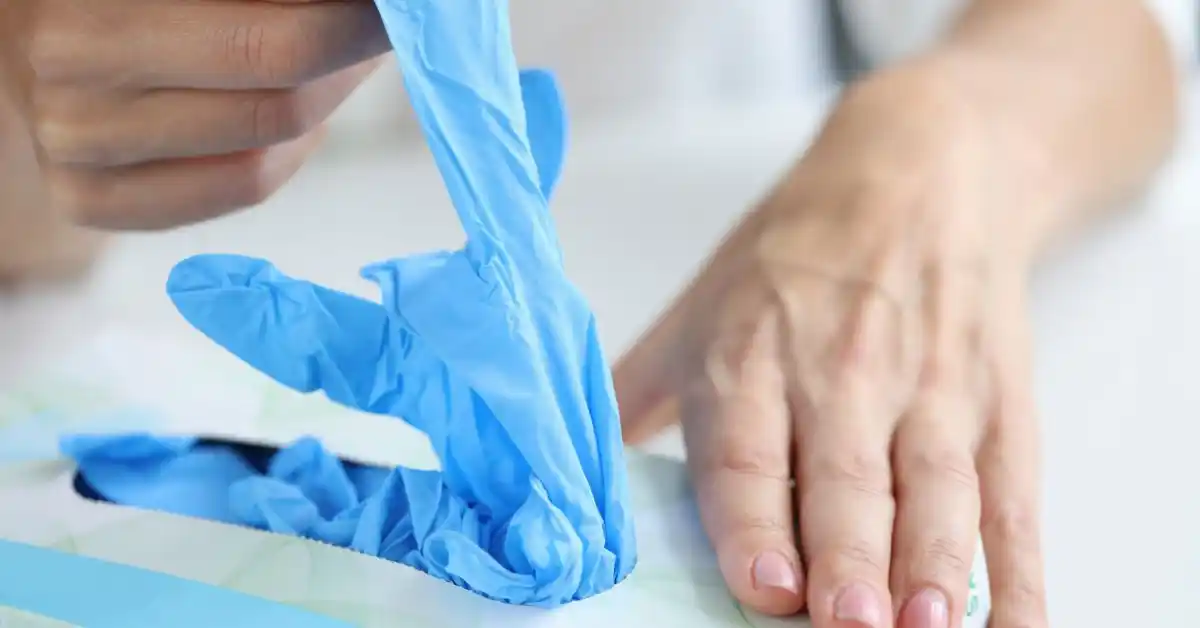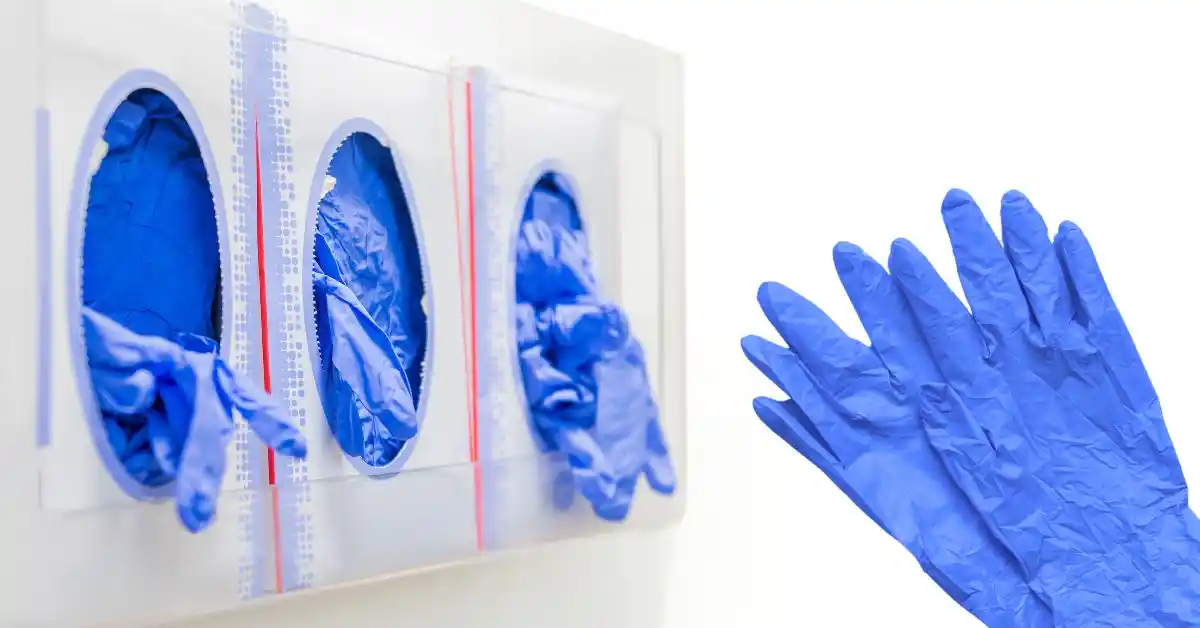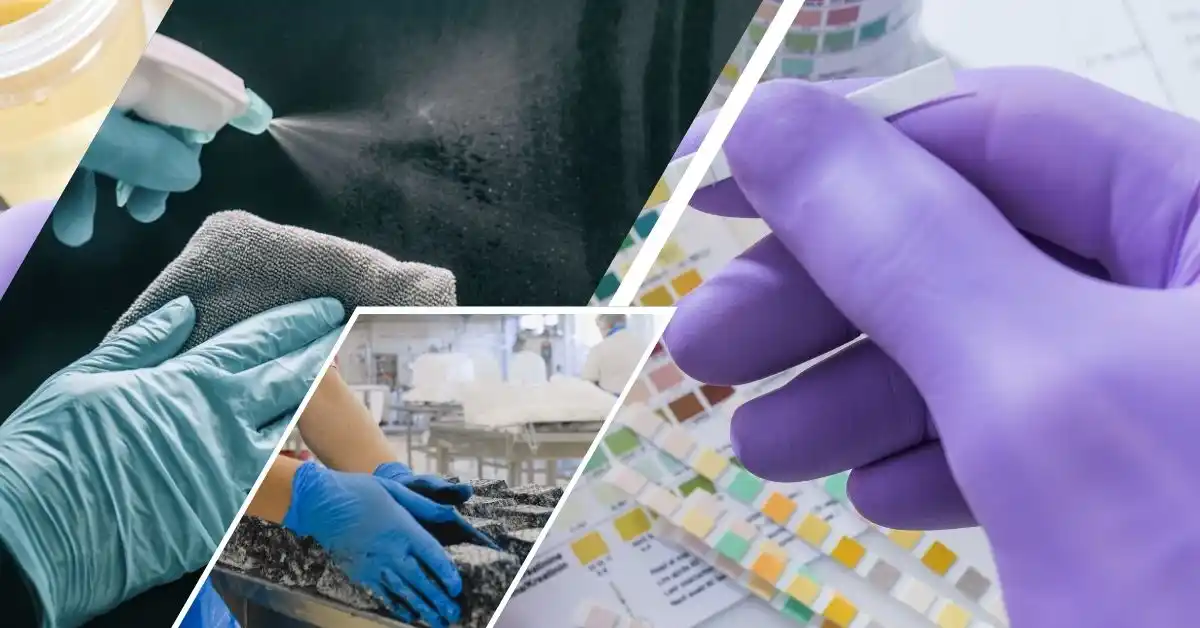
How Many Times Can Disposable Gloves Be Worn?
Factors Influencing the Reusability of Disposable Gloves When it comes to the reusability of disposable gloves, several factors come into play that can significantly impact


When it comes to painting, it’s not just about the brushes and the paint. Another important factor that often gets overlooked is the type of gloves you use. Whether you’re a professional artist or a DIY enthusiast, the suitable gloves can make a world of difference in the outcome of your project. This article will explore the importance of painting gloves and help you choose the best ones for your specific painting needs.
One of the most common reasons artists wear gloves is to protect their hands from the harsh chemicals found in many paints, solvents, and varnishes. These chemicals can cause skin irritation, dryness, and even allergic reactions in some individuals. By wearing gloves, artists protect their skin and avoid the hassle of constantly washing their hands after each painting session.
Another reason for wearing gloves is to maintain the integrity of the artwork. Oils from the skin can transfer onto the canvas or other painting surfaces, causing smudges or discoloration. Painting gloves act as a barrier between your skin and the artwork, ensuring a clean and professional finish.
When it comes to painting gloves, there are several options available, with nitrile gloves being popular among artists. Nitrile gloves are durable, puncture-resistant, and provide excellent chemical resistance. They are also available in different thicknesses, allowing artists to choose a glove that best suits their needs.
For artists working with oil-based paints, nitrile gloves are a must. These paints contain harsh solvents that can easily penetrate through latex or vinyl gloves, causing them to deteriorate and expose the skin to chemicals. Nitrile gloves, on the other hand, can withstand contact with these solvents, making them the go-to option for oil painters.
For water-based paints, such as acrylic or latex, latex gloves are a suitable choice. These gloves are thinner and offer better dexterity, making them ideal for intricate painting techniques. However, nitrile gloves are the safest option for those with latex allergies.
Aside from the type of paints, you will be using; there are a few other factors to consider when choosing painting gloves. The first is the fit. Ill-fitting gloves can impede your ability to paint comfortably and precisely. Be sure to measure your hand and choose a glove size that fits snugly but not too tight.
Another factor is the texture of the gloves. Smooth gloves can make it challenging to grip paintbrushes, while textured gloves provide better grip and control. Consider the painting techniques you will use to determine which texture is best for you.
In conclusion, painting gloves are essential to any artist’s toolkit. They not only protect your hands from chemicals and maintain the integrity of your artwork but also provide better control and precision while painting. When choosing painting gloves, consider the type of paints you will be using and the fit and texture of the gloves, and opt for nitrile gloves for oil-based paints and latex gloves for water-based paints. With the right gloves, you can transform your painting experience and achieve greater precision, control, and protection for your hands and artwork.

Factors Influencing the Reusability of Disposable Gloves When it comes to the reusability of disposable gloves, several factors come into play that can significantly impact

The Science Behind Glove Expiration: What Happens Over Time? Understanding the science behind glove expiration is crucial for anyone who relies on them, whether in

The Importance of Knowing Expiration Dates for Medical Gloves Understanding the expiration dates of medical gloves is crucial for ensuring safety and efficacy in healthcare

Healthcare Professionals: The Primary Users of Nitrile Gloves In the realm of personal protective equipment (PPE), nitrile gloves stand out as a crucial component, particularly

Understanding Puncture Resistance: What It Is and Why You Need It Understanding puncture resistance is crucial for anyone who prioritizes safety in their work environment.
Driven by a passion for excellence, our mission is to consistently deliver the highest quality products at the most affordable prices. We aim to exceed customer expectations, creating value and trust.


Phone Number: (239) 266 -1290
Email Addresses:
sales@usamedicaldistributors.com
customercare@usamedicaldistributors.com
Mailing Address :
501 Goodlette, Frank Rd N A105, Naples, FL 34102
Copyright 2022 – 2024. USAMED Medical Distributors. All rights reserved.
Privacy Policy | Return and Refund Policy
| Website by M. Escober